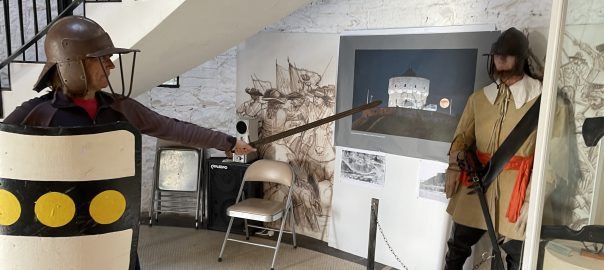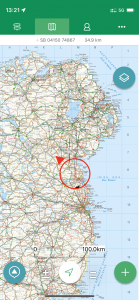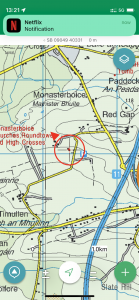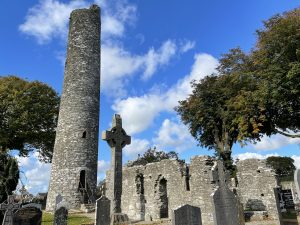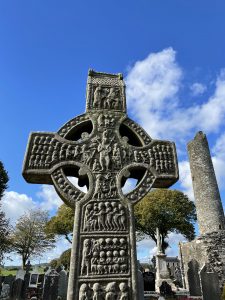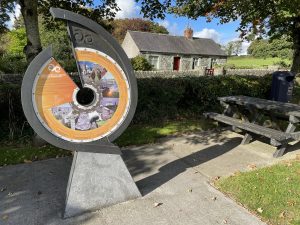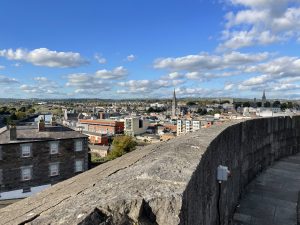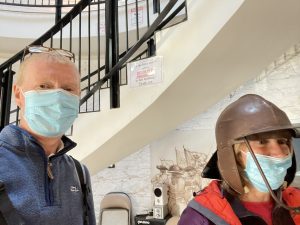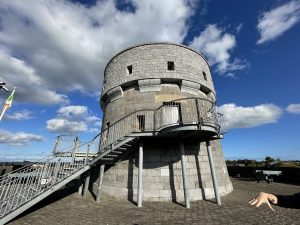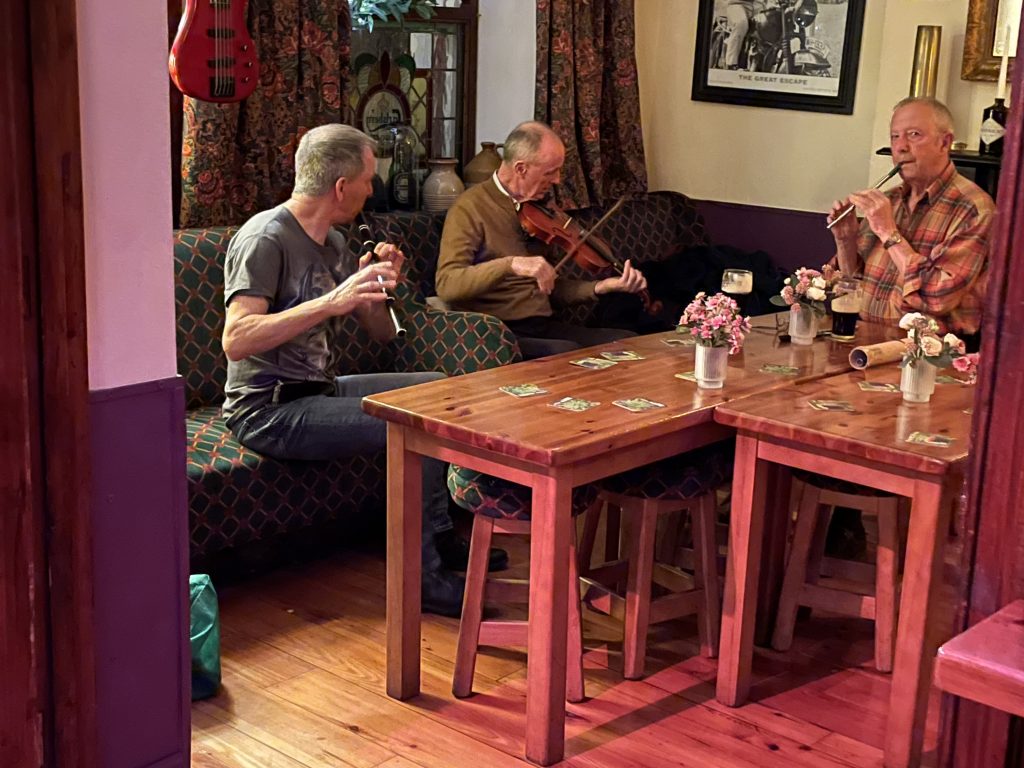Ireland day 0017. Friday 15 October 2021- History
Commentary
BEWARE – This is a heavyweight blog, full of historical facts. Don’t worry – this is not going to be the norm!
We have almost run out of bureaucratic things to do now – we have a place to live, starting next week, and our PPS applications have been submitted. There’s not a lot more we can do now until the PPS numbers come through – then we can start the process of buying an Irish car and getting health insurance. No idea how long that might take as our applications seem to have fallen into a black hole. Just a question of being patient.
But staying in administrative matters for a moment longer – I am pleased to report that I have managed to make contact with the Dublin Walking Club and Val and I will be joining our first outing with them on Sunday (at Malahide, ironically). So with that and the Boyne Valley Group, I’m definitely feeling a bit more hopeful about making some social contacts in the not too distant future.
Having a bit more free time now, and as the sun was shining brilliantly when we got up, Val and I headed up the R132 to the north of Drogheda – a new part of Co. Louth for us – to visit the ruins of Monasterboice Monastery. The settlement here was founded in the early 500’s AD by St Buite who probably came to Ireland from Scotland. It flourished for a while until it was sacked by Viking raiders in the 900’s who brutally slaughtered as many as 300 of its occupants. The round tower was built around 1000 to provide a place of refuge against future attacks and the monastery struggled on until the 12th century when it was largely supplanted by nearby Mellifont monastery. It’s now largely in ruins, though is still an active churchyard. Most of the tower is still standing, and there are two complete Celtic crosses, and the remains of a third, amongst the ruins. It was a hauntingly beautiful place, actually, especially in today’s sparkling October sunshine.
Having enjoyed a dose of Mediaeval history, we drove back to the centre of Drogheda to visit the town museum and Martello Tower on the hill at Millmount. The museum was, I have to confess, a little bewildering, as it contained an eclectic mix of paintings, ancient telephone exchanges, instruments of torture, and geological specimens from Australia.
For me, the most fascinating part was the history of the construction of the giant railway viaduct over the Boyne. For a long time the railways from Dublin to south Drogheda and from north Drogheda to Belfast were interrupted by the Boyne at Drogheda. The famine in the 1840s prevented the viaduct construction and this final link in the chain between Dublin and Belfast wasn’t finished in its current form until 1855, when it was deemed to be one of the engineering wonders of the world. By the way, I was reminded today that standard gauge for railways in Ireland is 1600mm (5ft 3in) rather than 1435mm (4ft 8½in) as used in most of the rest of the world (although many Australian railways still use the 5ft 3in gauge as they were designed by an Irish engineer).
After absorbing the details of the museum (and being persuaded to buy a calendar) an enthusiastic guide took us over the road to visit the Martello tower. It was built, like all the rest, in 1808 by the British as protection against invasion by Napoleon. Ironically though, it saw most of its military action in the 1922 civil war, when it was shelled and almost destroyed by Free State forces using the same cannon that had bombarded the republicans in their Dublin Four Courts HQ a few days earlier.
Millmount, in its pre-Martello days had over the ages suffered many attacks, and was Drogheda’s last stronghold against Cromwell’s murderous attack in 1649. Nowadays the tower affords expansive views over the town of Drogheda and houses a museum chronicling its various military engagements from Cromwell through to 1923. There is a fine interactive display and Val wasted no time in donning a Cromwellian helmet and wielding her rapier in an alarmingly expert fashion (as you can see in the banner image, above – note the neck guard on the helmet, which Cromwell modelled on the Japanese Samurai design). We learned more about the gory details of sword and shield design than I am sure I really wanted to know.
And in the basement of the tower, there is a fine reproduction model of the Battle of Waterloo and we were treated to a lengthy discourse on the history, evolution and tactics of the battle. All very interesting and slightly not what I had expected to find in a Martello tower in central Ireland. The reason why it had found its was there was because Drogheda has close connections with the victorious Duke of Wellington – he went to school in the town, apparently (as well as Eton) and he commanded a particularly vicious platoon of Irish recruits – the Drogheda Cossacks – who played a key role at Waterloo.
Heads buzzing, we retreated to the refuge of the homeware section of Tesco to replace a couple of glasses that I had managed to break last night while doing the washing up. And next, after of course testing out the new glasses, we are heading over to Bennetts for their Friday Night Trad session. What a day! Makes Ben Hur look like an epic, as they say!
Today’s photos (click to enlarge)
